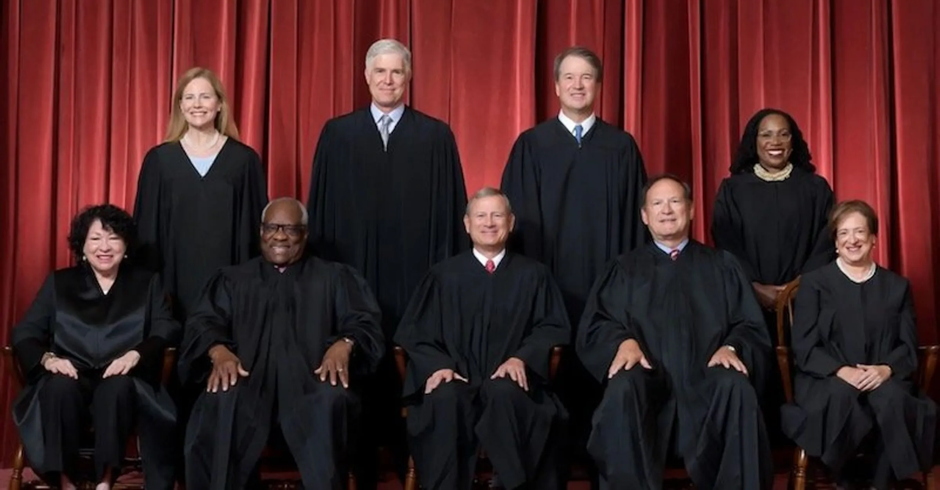Supreme Court Rules Allowing Executive Branch to Fire Executive Appointees (NLRB and MSPB)
At issue was President Trump’s plenary authority to remove Gwynne Wilcox, a former member of the National Labor Relations Board (NLRB), and Cathy A. Harris, the removed chair of the federal Merit Systems Protection Board (MSPB). The NLRB oversees laws protecting workers’ rights and union elections nationwide, while the MSPB defends federal government workers against political discrimination.
The court’s order [READ ORDER HERE] is unsigned; however, it provides dissent from the three DEI appointed justices (lesbian, latina, black), and did not decide the underlying merits of the case, which will continue to play out in the lower courts. Presumably the court alignment was 6-3.
The overall decision is an endorsement of presidential authority to appoint leadership within the executive branch without review. The power of the president is plenary to the Executive Branch. As noted in the opinion, “Because the Constitution vests the executive power in the President, he may remove without cause executive officers who exercise that power on his behalf, subject to narrow exceptions recognized by our precedents.”
(VIA ABC) – The Supreme Court’s conservative majority on Thursday bolstered President Donald Trump’s bid to assume full control of executive branch agencies, giving a green light — for now — to his removal of the heads of the National Labor Relations Board and Merit Systems Protection Board, whom he fired without cause.
A district court had sided with Cathy Harris of the Merit Systems Protection Board and Gwynne Wilcox of the National Labor Relations Board, concluding their firings from their independent agencies were likely illegal and must be reversed.
In a 6-3 decision, the high court granted Trump’s request for a stay of the lower court order to reinstate Harris and Wilcox, at least for now.
“The Government faces greater risk of harm from an order allowing a removed officer to continue exercising the executive power than a wrongfully removed officer faces from being unable to perform her statutory duty,” the majority explained.
The dispute is currently working its way through a federal court of appeals and may ultimately return to the Supreme Court on the merits.
Federal law and Supreme Court precedent explicitly prohibits the president from removing the heads of those independent, advisory agencies without cause in most cases — but conservatives and the administration have long argued that the rule is unconstitutional. (read more)






Post a Comment